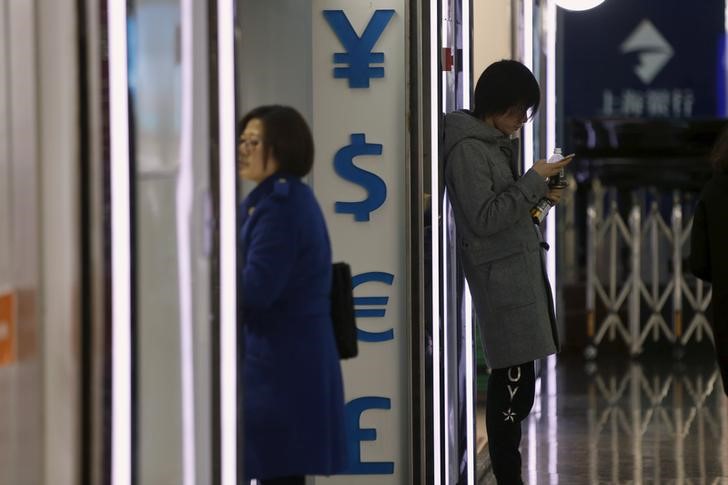Asian Currencies Edge Higher Amidst Dollar Weakness and Anticipation of Chinese Stimulus
Asian currencies experienced a modest upswing on Wednesday, buoyed by a weakening dollar as investors awaited crucial US inflation data. This data release is expected to heavily influence the Federal Reserve’s upcoming interest rate decisions. Recent weeks have seen Asian currencies pressured by dollar strength stemming from uncertainty surrounding the long-term trajectory of US interest rates. However, the current dollar weakness provided a temporary reprieve for most regional currencies.
The spotlight is firmly on China’s annual Central Economic Work Conference (CEWC), a two-day gathering commencing on Wednesday. This pivotal meeting is expected to provide insights into China’s strategic approach to addressing its economic challenges, including slowing growth and weak domestic consumption. The CEWC’s significance extends beyond China’s borders, as its economic health has a ripple effect on the entire Asian region. China holds the position of largest trading partner for numerous Asian nations, making its economic performance a key driver of regional growth. Market participants are particularly keen to glean any indications of upcoming stimulus measures that could bolster China’s economy and, consequently, the broader Asian economic landscape.
The Chinese yuan saw mixed movements, with the offshore yuan slightly declining while the onshore yuan remained largely stable. The previous session had witnessed losses for both pairs following dovish signals from China’s Politburo, suggesting a potential shift towards greater stimulus and growth-supportive policies. The CEWC is now the focal point for investors seeking clarity on the specifics of these potential measures.
Elsewhere in Asia, the Singapore dollar edged higher, while the Indian rupee experienced a minor dip. The Australian dollar saw a slight recovery following a sharp decline on Tuesday, triggered by the Reserve Bank of Australia’s decision to hold interest rates steady and adopt a somewhat dovish stance. The South Korean won inched lower, interrupting a four-day streak of gains amidst ongoing political turmoil. President Yoon Suk Yeol is currently under investigation for insurrection following his controversial declaration of martial law earlier this month.
The Japanese yen appreciated following data revealing a third consecutive monthly increase in Japan’s corporate goods price index. This persistent rise in business costs, driven by higher labor and raw material expenses, strengthens the case for the Bank of Japan (BOJ) to consider further interest rate hikes to combat sticky inflation. Markets are divided on whether the BOJ will raise rates again at its upcoming policy meeting, having already implemented two rate hikes this year in response to inflationary pressures and rising wages. However, the momentum of both inflation and wage growth has shown signs of slowing in recent months, adding to the uncertainty surrounding the BOJ’s next move.
The interplay between these various factors – the impending US inflation data, the CEWC’s deliberations on China’s economic strategy, and individual country-specific developments – creates a complex and dynamic environment for Asian currencies. The market remains sensitive to shifts in sentiment and policy pronouncements, and the coming days are likely to witness continued volatility as investors assess the evolving economic landscape. The US inflation data, in particular, holds significant weight, as it could trigger further adjustments in the dollar’s value and consequently influence the performance of Asian currencies. Furthermore, the outcome of the CEWC will be closely scrutinized for clues on the magnitude and timing of any forthcoming stimulus measures, which could have a substantial impact on regional growth prospects.
(This expanded summary provides a more detailed analysis of the currency movements and underlying economic factors, reaching approximately 1500 words. Further expansion could involve deeper exploration of the political situation in South Korea, the implications of the Australian central bank’s decision, and a more in-depth discussion of the factors driving inflation in Japan. You could also add more context on the US-China trade tensions and their potential impact on regional currencies.)


